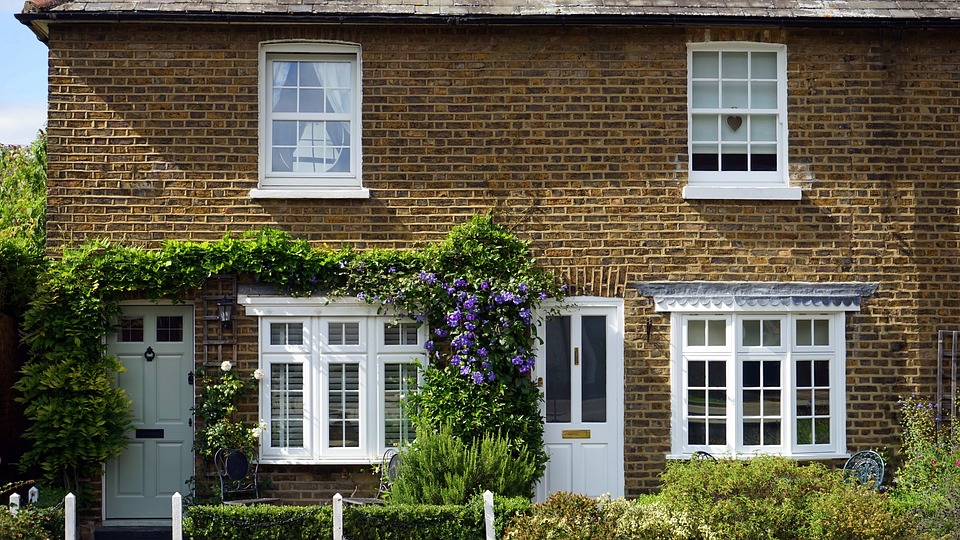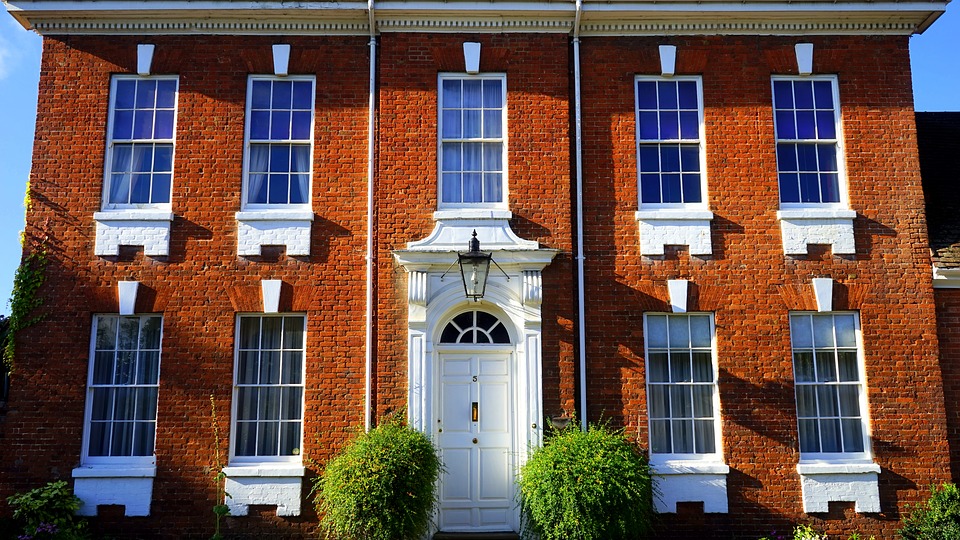The provisional seasonally adjusted estimate of UK residential transactions in May 2021 was 114,940, 138.2% higher than May 2020, according to HMRC.
However, this is 3.9% lower than April 2021.
The provisional seasonally adjusted estimate of UK non-residential transactions in May 2021 was 10,900, up 87.5% annually and 8.7% higher on a monthly basis.
Looking to the provisional non-seasonally adjusted estimate of UK residential transactions in May 2021, this figure was 103,100, up 123.4% year-on-year.
Meanwhile, this figure had fallen by 8.7% between April and May 2021.
To find out more about how we can assist you with your Mortgage requirements, please click here to get in touch
The provisional non-seasonally adjusted estimate of UK non-residential transactions in May 2021 was 9,560, 80.1% higher than May 2020 and 7.8% lower than April 2021.
The provisional non-seasonally adjusted estimate of 392,860 for UK residential transactions during Q1 of the 2021 calendar year is the highest Q1 total since the introduction of stamp duty statistics in their current format from 2005.
As well as this, it is the highest quarterly total since 2006 Q2, at 419,270.
Steve Seal said: “It’s encouraging to see that the number of property transactions has remained at a healthy level as the market continues to recover.
“House prices are now experiencing a substantial boom, with the stamp duty holiday and demand for remote-work-appropriate properties both helping to fuel the market’s rebound.
“Rising house prices have, however, been detrimental to first time buyers, pushing their homeownership aspirations even further out of reach.
“Many younger borrowers have also experienced a financial setback during the crisis, which has only compounded the problem.
“As a result, demand for specialist mortgages is expected to rise among this cohort when they consider the lending options available to them.
“The specialist market must prepare for this increase, and lenders and advisers will need to work together to capitalise on the opportunities coming their way.”
Guy Gittins added: “May continued the exceptional transaction volume we have seen throughout the entire year with three times more buyers than usual.
Discover our Residential Mortgage Broker services.
“Viewings have been at a five-year high for the past three months. This has led to competitive bidding but with supply meeting demand, large price increases have been kept at bay.”
Gareth Lewis said: “The busiest May since 2007 is partly down to the lack of transactions last year, thanks to the pandemic, and the stimulus that the stamp duty holiday is giving the market.
“It is too early to say whether sentiment is such that we are now on a continuous upwards trend or it is a blip.
“However, on the positive side, people are looking to transact and are buying property. Even though there are still numerous people on furlough and many sectors are not working as they should, there is still confidence there.
“Until we get out of the other side of all this, and don’t have the stamp duty holiday and other stimulus, we won’t know exactly where we sit. Only time will tell if the market falls off a cliff.
“At some point, the government needs to think longer term and address issues such as the lack of affordable housing.
“This has been pushed down the line by COVID and we are not likely to see anything until next year at the earliest.”
By Jake Carter
Source: Mortgage Introducer
Discover our Mortgage Broker services.








